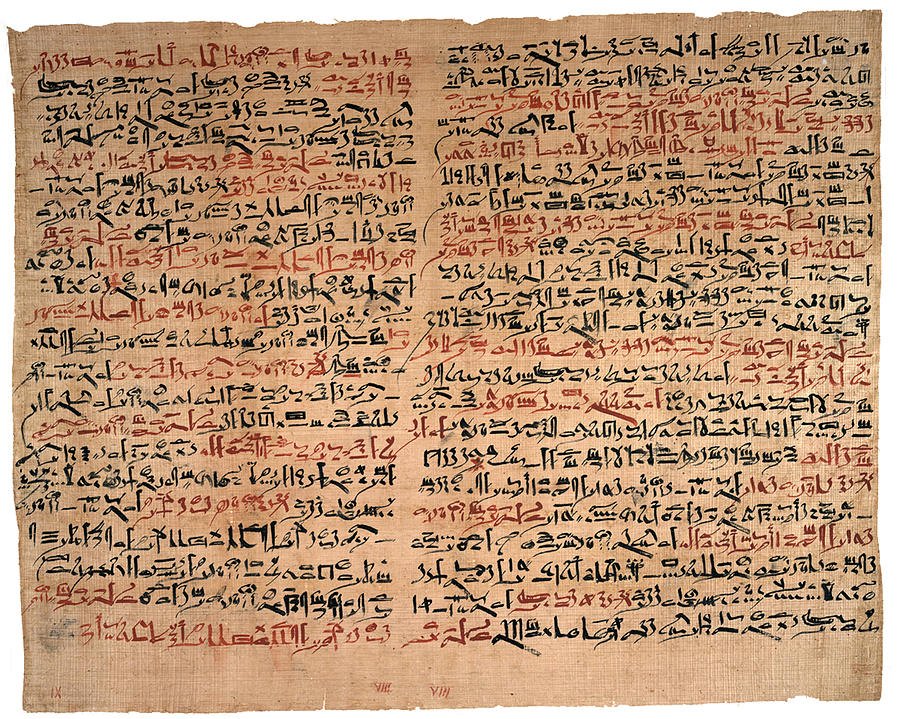


Nonetheless, since a number of unique cases were documented for most of the regions, i.e. This order of provided information suggests that the documented cases are not chronological descriptions of the diagnostic work-up of an individual case, but rather accurate, post hoc descriptions of the most significant signs and symptoms of the diagnosis under study.Īnother interesting aspect is that none of the cases include differential diagnoses. In line with this “In case of”-approach is the finding that in the “Significant symptoms” section the main diagnosis is always reported prior to the underlying clinical signs and symptoms. This means that other (prognostic) factors than the diagnosis under study were not considered in the treatment decision-making. From another, more modern, point of view the starting fragment may also be interpreted as: “In case of”. From this perspective, one may assume that the cases under study deal with relatively young, healthy male patients. It has been suggested that the cases described in the papyrus predominantly concern patients who sustained their injuries during battles or construction work. Interestingly, no further characteristics of “the man” or cases under study are provided. The “Significant symptoms” section of the cases mostly starts as: “If you examine a man for…”. Most of the cases also include an additional subheading “Explanation” in which unfamiliar terms used in the case description are clarified. Each case includes the following subheadings: “Introductory heading,” “Significant symptoms,” “Diagnosis,” and-if considered treatable-“Recommended treatment”. Besides the mentioned topographic structure of the scroll, all cases are documented in a similar form. The papyrus is astonishingly well structured. This suggests that the writer (or writers) was about to write down more cases dealing with wounds and injuries to the thoracolumbar spine, sacrum and lower limbs. The text of the last case (case 48) comes to an unexpected end in the middle of a sentence. The papyrus includes 48 cases of wounds, injuries and fractures topographically ordered from the skull, neck, upper limbs, chest to the thoracolumbar spine. Before going into detail on the spinal injury cases, it is important to appraise the style and perspective the papyrus was written in. For the clinical appraisal of the spinal injury cases, this latter translation was used for the current review. After thoroughly reinterpreting the original hieratic document, Sanchez and Burridge are currently producing a novel “medically based translation” of the Edwin Smith papyrus. After the publication of his translation in 1930, several other Egyptologists and physicians suggested alternative interpretations of a number of hieroglyphs and fragments written in the original text. Īlthough his translation of the Edwin Smith papyrus is still regarded as a masterpiece, Breasted encountered several problems in his interpretation of the text. Nonetheless, the original authorship remains a controversial issue. and probably is a copy of an older document. A recent reappraisal summarized that the papyrus was most likely penned in the seventeenth century b.c. Breasted suggested that the Egyptian physician Imhotep, who served under the Third Dynasty of pharaoh Djoser (twentysixth century b.c.), could have been the author of the original text.

This information led to further speculations on the original authorship. Interestingly, since the hieroglyphics used in the text were more common in earlier times, around 3,000–2,500 b.c., he-and others-believed that the scroll must be a copy of an older text. Plate X and XI of the Edwin Smith papyrus including the five cervical spinal injury cases in hieratic script īased on his vast experience and extensive research, Breasted concluded that the papyrus must have been written during the sixteenth century b.c.


 0 kommentar(er)
0 kommentar(er)
